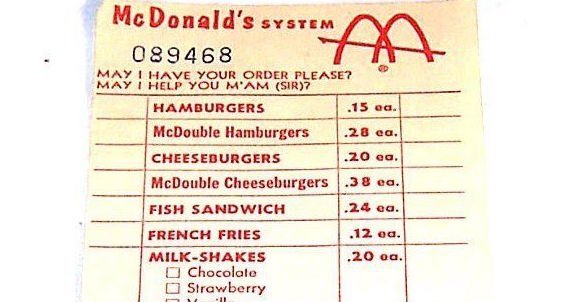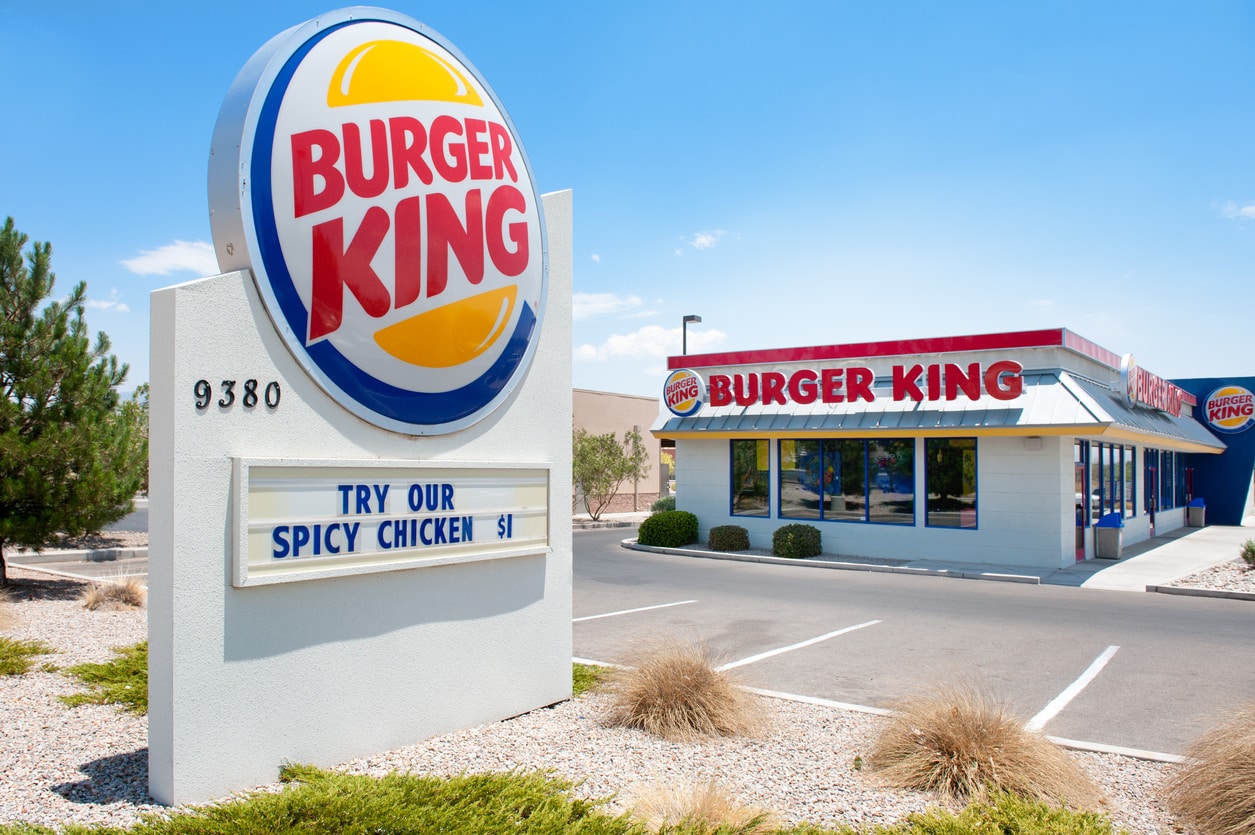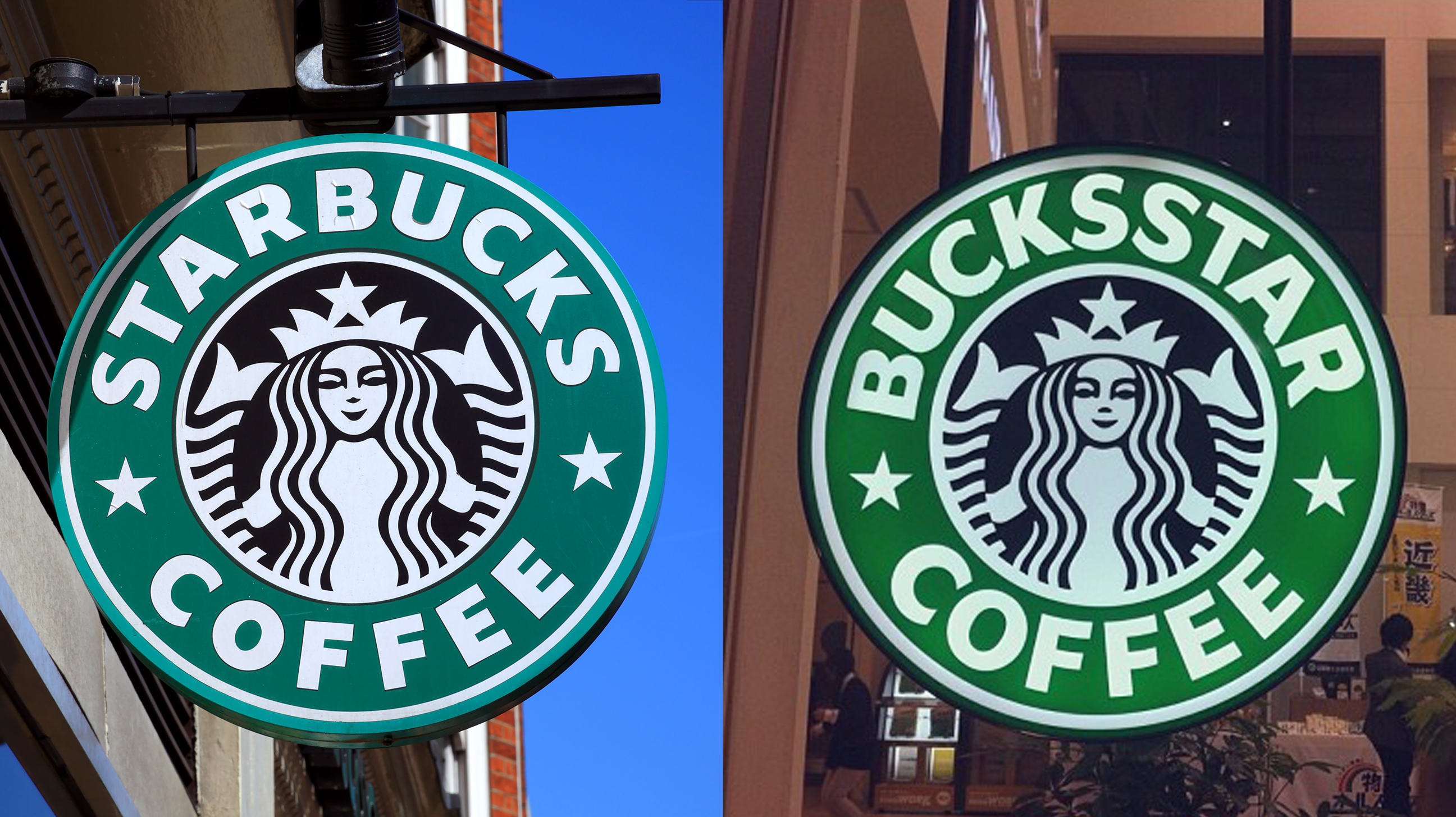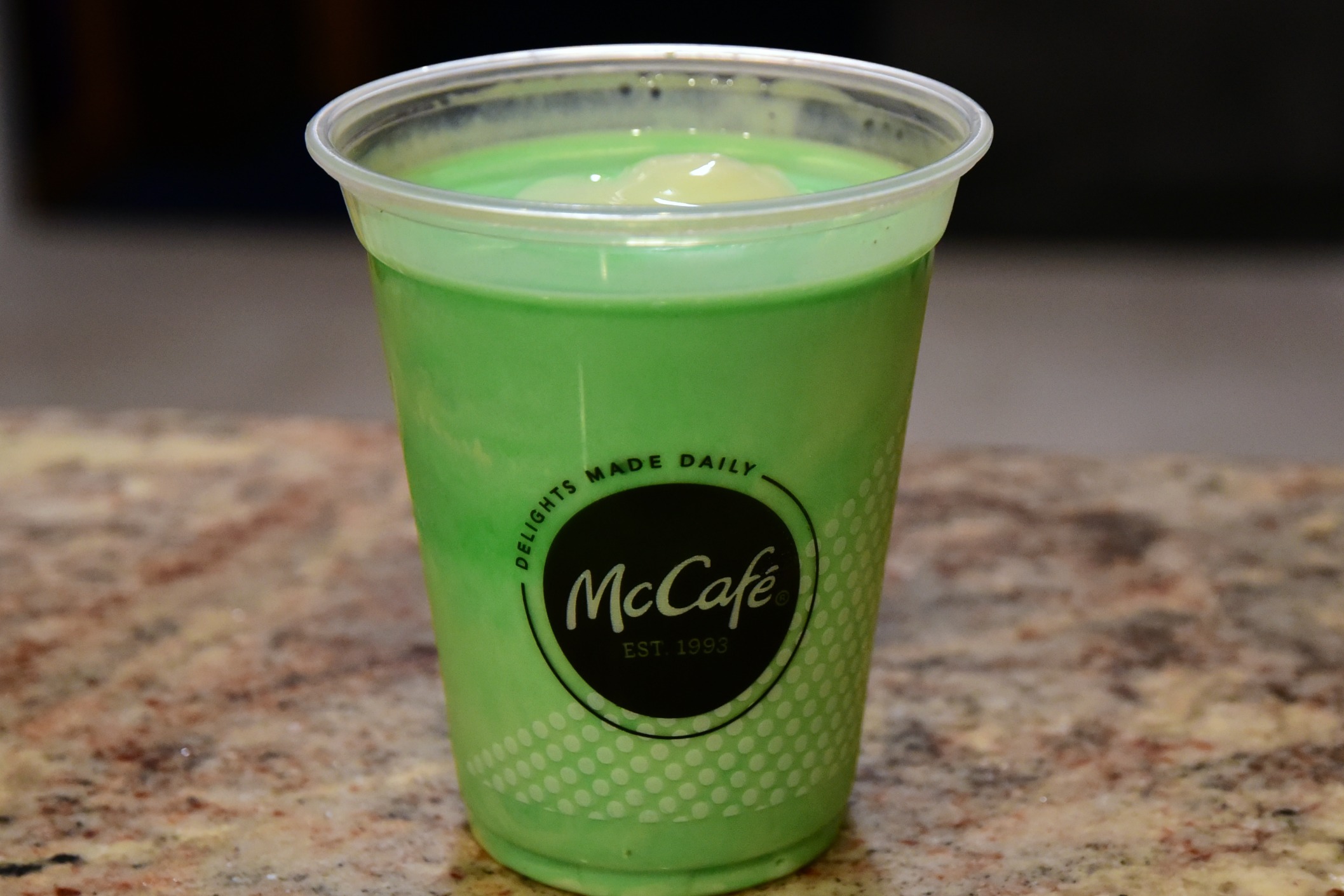Picture rolling up to a fast food joint, ordering a cold one and a 15-cent hamburger. Can’t imagine it? Well, it definitely happened way, way back in the day. In America, the term “fast food” officially made it into our lexicon back in 1951 — although many believe that the first fast food chain was either White Castle, which opened in 1921, or a vending machine lunch in 1912.
Yum?
Later on, Mickey Dee’s opened in 1940, and KFC popped up in 1952. Wendy’s actually didn’t open until the late 1960s! Eventually, these beloved chains would expand globally (and calorically) with loads of new food options (plus some failed experiments) and serious reputation changes.
With this in mind, here’s exactly how fast food menus have changed over time…
1. Automats were the earliest form of fast food dining.
People were fully embracing fast lunches.
These vending machine boxes contained sandwiches and desserts, and were frequented by the lunch crowd who wanted a quick bite that wouldn’t end up being costly. You popped in a coin, and voilà! Vending machine lunch. (We imagine this was also a fun way to spend your lunch break, embracing technology and all.)
2. The earliest fast food burger cost 5 cents.
And you could get it at White Castle.
The burger remained — and still is — a staple in global fast food fare. Today, an original single slider at White Castle costs about 72 cents. Though that’s 67 cents more than it used to cost, that still isn’t bad by today’s standards. According to Fast Food Menu Prices, the average McDonald’s cheeseburger costs about $1.
3. Vintage menu options offered pretty standard fare — for a while.
Here’s a vintage McDonald’s menu from the 1960s — it’s actually pretty perfect, free of all the extra stuff we don’t really need. We go to a fast food chain for a quick hamburger, right? Interestingly enough, it also offers mostly beverages such as milk, orangeade, root beer, and shakes in flavors such as chocolate, vanilla, and strawberry.
4. And instead of asking for extra ketchup packets, customers could custom-order which condiments they wanted.
McDonald’s paper order slip, c. 1960s.
byu/sverdrupian inVintageMenus
They used to have order slips, where the employees could notate condiments like ketchup, mustard, onion, pickle with a simple “K M O Pi McD CB PL” notation system. We’re not too sure what CB or PL means — maybe charbroiled and plain? — though. Anyone? For anyone who worked at McDonald’s during this time, we imagine this is a now a fun secret code only they would know.
5. But the food wasn’t always so normal.
[fm_youtube url="https://www.youtube.com/watch?v=dmFORe2NMCY"]In fact, McDonald’s used to have a pineapple burger.
This funky-sounding food item, called the Hula Burger, was made of grilled pineapple with cheese. It was billed as a non-meat item for religious people who couldn’t eat meat at certain times. It was later cancelled. However, we imagine it might now appeal to vegetarians who also love pineapple on their pizza.
6. McDonald’s also used to make pizza.
[fm_youtube url="https://www.youtube.com/watch?v=EEhUjabIE8w"]Yes, pizza.
Back in the good old ’80s and ’90s, many McDonald’s locations paid about $50,000 for ovens with which they’d make elaborate pizzas (and other dishes, like pasta and lasagna). This ended in disaster, since the fast food chain wasn’t equipped to make pizzas and pastas — and since people were probably grossed out at the idea of ordering lasagna at McDonald’s.
7. McDonald’s ALSO used to put seaweed in their burgers.
[fm_youtube url="https://www.youtube.com/watch?v=FJNuX3TP6wY"]Though people weren’t always sure of exactly what it was.
To be fair, this was an attempt at making their McLean Deluxe, which was a nearly fat-free burger. People couldn’t really identify the wonky flavor, and this not-very-appealing option was pulled. However, we imagine it might do well in 2019. You can look at all the new options added to the McDonald’s menu over the years here.
8. One vintage KFC menu offers liver.
We’re gonna go ahead and take a hard pass on their liver dinner. (But we will indulge in those hot rolls, please.) Though, according to a 2017 article from The Daily Meal, there are KFC menus in certain places around the United States that sell chicken livers and gizzards. Though it may be unusual to some, it’s definitely not to others.
9. Popeye’s also sold liver.
And gizzards. All for $1.79. Once again, just like with the above KFC menu, certain Popeye’s still sell gizzards. For instance, this Yelp reviewer revealed that a Michigan Popeye’s still offers gizzards on their menu. I guess it all depends on where you go for your food. Different regions like different things.
10. You could get buzzed at Pizza Hut.
That’s because, in addition to soda and coffee (also weird!), Pizza Hut sold beer. The chain actually brought this back in 2017, and they’re working to expand the beer program to different locations. “We are proud to be pioneers of beer delivery and are well-poised to take on more markets in the coming year,” Pizza Hut’s chief brand officer, Marianne Radley, said in a statement, according to USA Today.
11. Apparently, the buns were all “oven fresh” back in the 1960s.
Is this a #humblebrag?
This ad, which features an “All-American” meal, includes a brag for “oven fresh, specially-baked buns.” We’re not convinced this is the case today, since a lot more buns have to be made (and really fast!) in order for fast food places to keep up with the incredibly long lines they often have to deal with.
12. Taco Bell’s menus were nothing like they are today.
We’d be interested to see these blasts from the past.
They once contained a “Bellburger,” which was reminiscent of a sloppy Joe with taco meat and cheese. (A sloppy Joe mixed with a taco? Honestly, this sounds like a great idea we’d love to try for dinner tonight.) Apparently, their employees were also forced to wear fake mustaches. We cannot think of anything more awful.
Beyond the menu items themselves, menus have also changed in general.
13. Vintage adjectives were used pretty generously to describe menu items.
Like “refreshing cold milk,” “thirst-quenching Coke,” and “delightful root beer.” Pretty cute, huh? These actually make us want to try the food more, proving that branding and copywriting is just as important as anything else. Really, it’s all about how you package the food. I mean, who wouldn’t want to sip on a root beer that’s just plain delightful?
14. Fast food joints had a pretty great reputation in the ’50s and ’60s.
They were places where you’d want to hang out.
It was pretty common back in the 1960s for people to sit in their car and eat in a fast food joint’s parking lot, just as it was common for them to eat there on a date. We don’t get the same sexy vibes from Burger King today, though. Fast food joints don’t have quite the same sense of novelty or reputation, but that doesn’t mean we aren’t chowing down.
15. Fast food tried really hard to seem healthy in the past…
…while today, it’s widely known that fast food isn’t the best for you. Super Size Me, anyone? Before such documentaries, people had to rely on these companies to keep them eating right. It seems that these brands knew this, which is why they tried to advertise their food a being healthy for customers. Tricky, tricky!
16. Today, the most noticeable change over the years is in the portion size.
Average portion size has nearly quadrupled for fast food entrees in the last 30 years, with calories and sodium content in entrees, sides, and desserts also increasing significantly, according to a new study. https://t.co/tpGljttaBn pic.twitter.com/XiByhzoeU3
— WebMD (@WebMD) March 2, 2019
According to a 2019 study published in the Journal of the Academy of Nutrition and Dietetics, menus from fast food restaurants in 1986, 1991, and 2016 were compared — and the findings were pretty shocking. Each decade, portion sizes grew by about 13 grams per decade. Desserts grew by about 24 grams each decade.
17. The number of entrees and desserts also grew astronomically.
We’re talking about 226% from the ’80s until today.
Also, there are about two dozen new items on today’s menus — versus that super simple one we saw above. One good thing? There are more healthy options! But one bad thing? There are more unhealthy options to tempt us after a bad day. Fortunately, nothing is particularly “bad” for you if you consume it in moderation. It’s all about balance.
18. But the amount of sodium we’re ingesting is through the roof.
Despite the increase in healthy items, the same aforementioned study found that sodium levels in fast food have increased about 62 kilocalories per decade, while sodium in entrees increased by 4.6 percent each decade. We’re supposed to eat under 2,300 mg of sodium per day. One Mickey Dee’s cheeseburger contains 745 mg, which is a lot.
19. Despite everything, fast food has gotten kind of expensive today, especially when compared to the prices of the past.
Reports MSN, “The median price of fast food burgers has risen 26 percent in the last four years, one of the steepest price hikes across the industry.” In the past, people could more easily afford fast food. But just like with anything else in our world, prices have clearly gone up.
In the end, fast food doesn’t seem to be going anywhere, but it’s interesting to see how the menu, prices, and reputation changes along with society.








